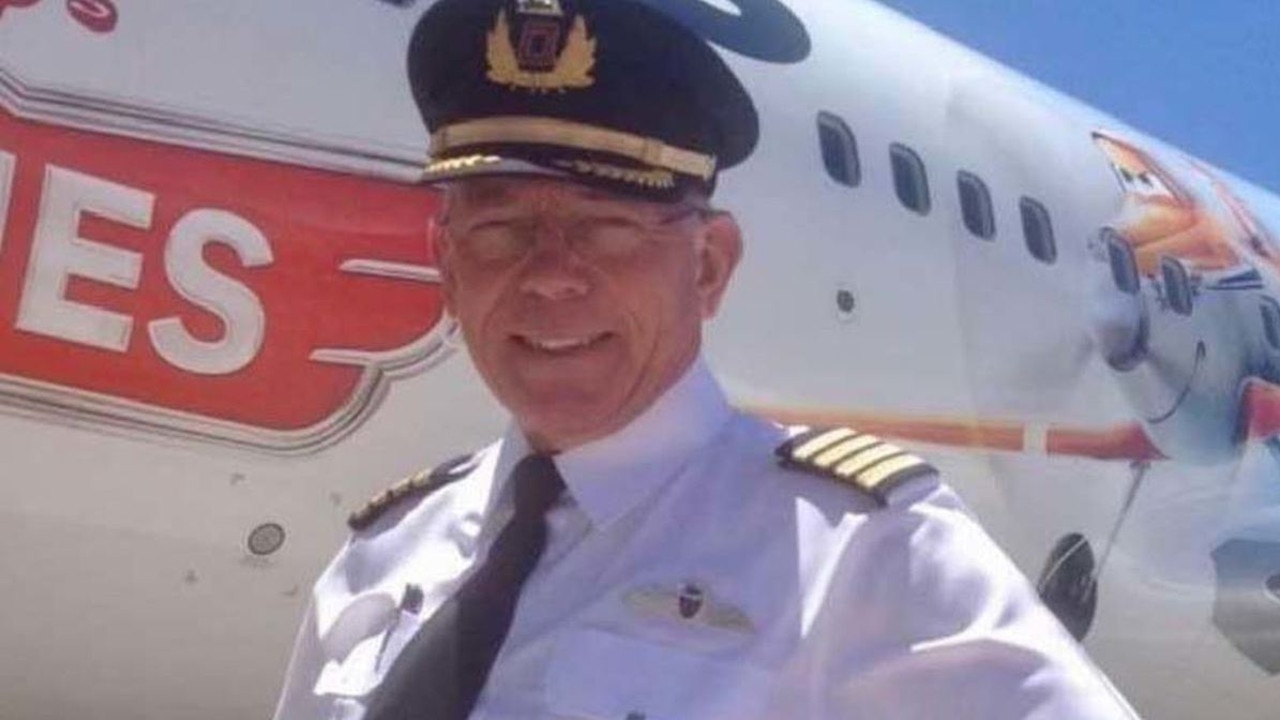Boeing produces half of the world’s planes – but can its safety be ensured? Critics aren’t so sure
Airline bosses and aviation experts are concerned about safety practices inside one of the world’s biggest plane manufacturers, after the latest terrifying incident.
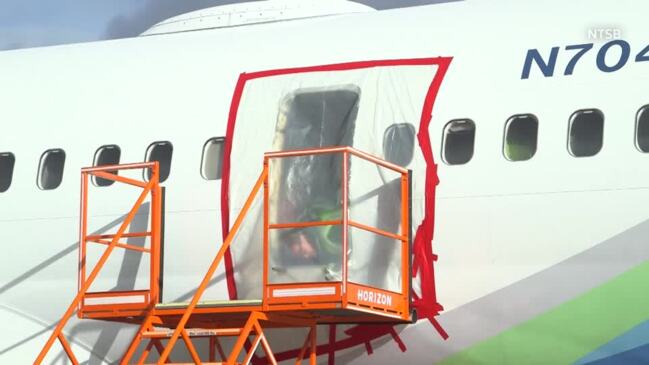
A few weeks on from a terrifying mid-air incident on a Boeing plane, airline executives, aviation experts and whistleblowers have raised concerns about safety practices at the manufacturer.
In footage which horrified the world, a door plug suddenly blew off an Alaska Airline flights from Portland, Oregon to Ontario, California several minutes into its journey on January 5.
The almost brand-new plane was left with a gaping hole in its side, suffered a depressurisation event, and was forced to make an emergency landing.
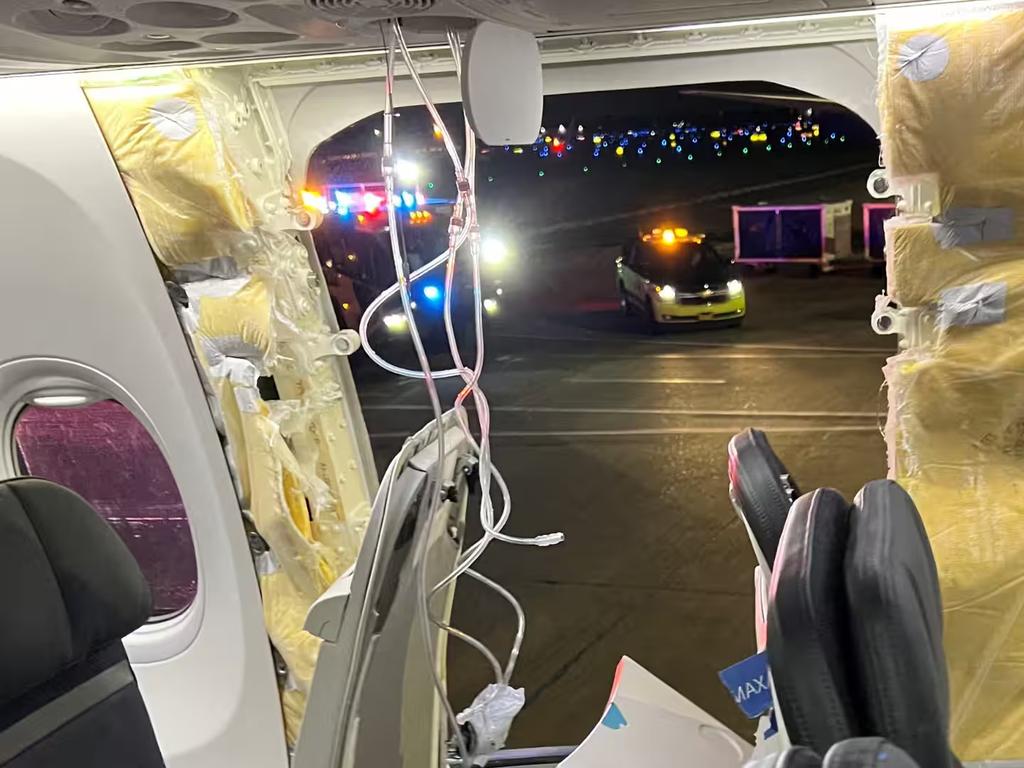
Miraculously, none of the 171 passengers and crew were seriously injured, but the consequences have been devastating for the air travel industry.
The Federal Aviation Administration ordered the grounding of Boeing 737 Max-9 aircraft until further notice, after inspections of other planes uncovered a litany of issues.
“I am more than frustrated and disappointed - I am angry,” Alaska Airlines chief executive Ben Minicucci told NBC News in an interview overnight.
“My demand on Boeing is, what are they going to do to improve their quality programs in-house?”
United Airlines chief executive Scott Kirby told the program that Boeing needs “real action” to rebuild its once-stellar reputation for quality and safety.
And in a separate interview with CNBN, Mr Kirby said he’s “disappointed that the manufacturing challenges do keep happening at Boeing”.
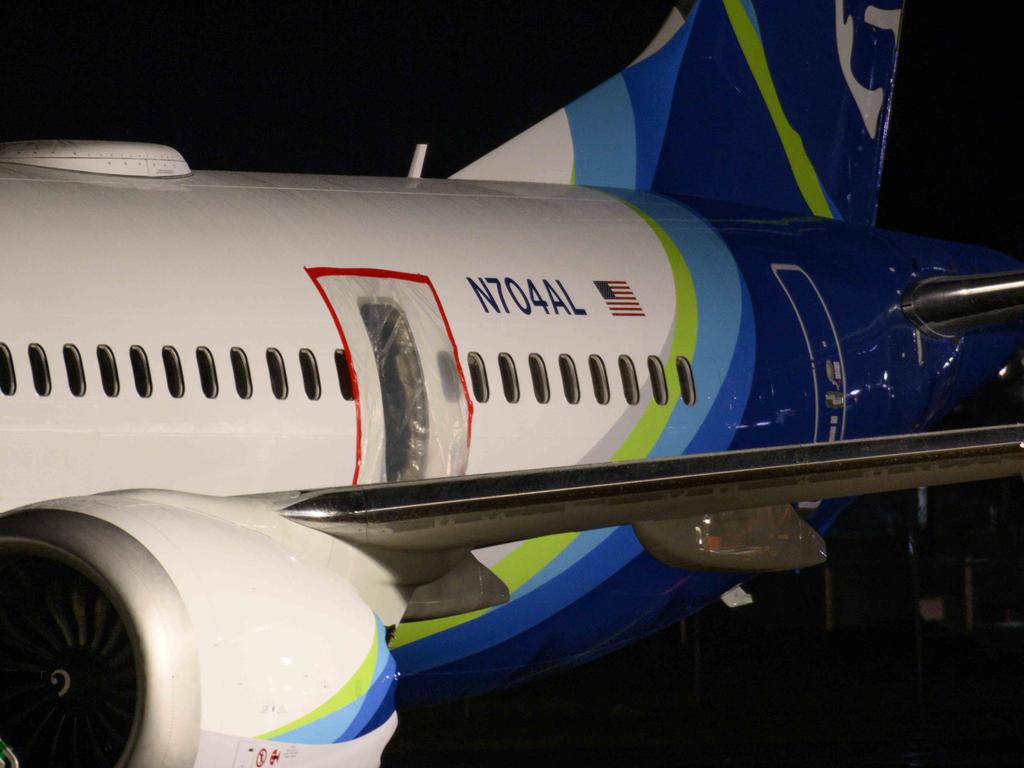
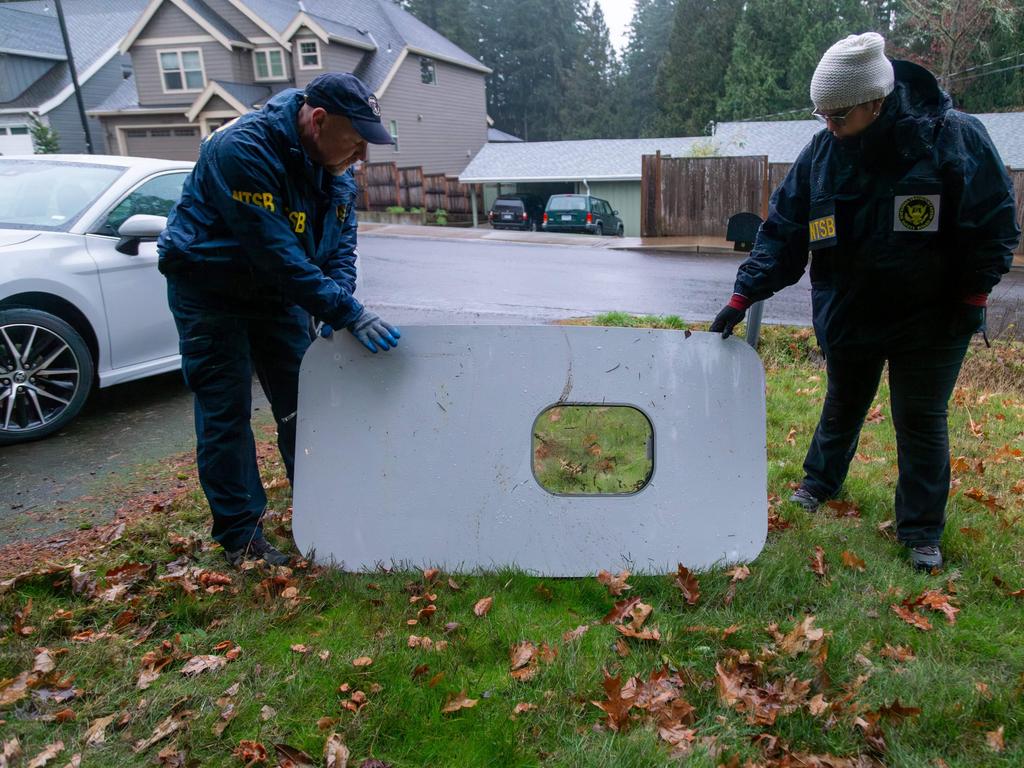
Critics say that reputation was destroyed by a focus on profits over passenger safety and a move away from corporate leadership rooted in engineering expertise.
As a result, the 737 Max series has been plagued by a series of incidents over the past six years – including two devastating crashes.
“This [latest incident] changes a lot because it is now a fleet problem – this is a quality-control problem,” aircraft safety expert John Cox told Reuters.
Escalating safety concerns
The plane at the centre of the Alaska Airlines incident earlier this month was given a certificate of airworthiness on October 25 and six days later was delivered to its new owner.
It had conducted just 150 flights before the door plug – a piece of fuselage with a window filling the space where an emergency exit would be in certain designs – fell off at 16,000 feet.
In the wake of the incident, United Airlines conducted inspections and found bolts in need of “additional tightening” on some of its Boeing 737 Max 9s, blaming “installation issues”.
Alaska Airlines also discovered “loose hardware” on several planes while conducting emergency checks.
Globally, there are more than 1160 Boeing 737 Max series aircraft active – most of them the 8 variant, followed by the 8-200, and then the 9.
This is far from the first issue with Boeing’s 737 Max series.
Two near identical devastating crashes – one in 2018 off the coast of Indonesia and another in 2019 near Addis Ababa in Ethiopia – killed 346 people in total.
Faulty flight control software forced the planes into severe nosedives.
As a result, regulators in the US ordered a mass grounding in March 2019 that stretched until the end of 2020.


Boeing was forced to pay out billions in fines and legal fees and some 1200 orders for 737 Max models were cancelled globally.
The 737 Max has been dubbed “the most scrutinised transport aircraft in history”.
After the Alaska Airlines incident, Boeing said in a statement: “Safety is our top priority, and we deeply regret the impact this event has had on our customers and their passengers.”
But some aviation experts dispute the claim that safety is a major focus at Boeing.
Countless issues reported
The latest controversy has once again cast the manufacturer and its troubled model in a stark new light.
According to a document dump by The Foundation for Aviation Safety, airlines have lodged 1800 safety concerns over the 737 Max series since 2020.
Among them, reports of fuel lazes on hundreds of planes due to improperly applied sealant, debris discovered in fuel tanks, engine stalls during takeoff, malfunctioning motor stabilisers and non-operational anti-ice systems.
Ed Pierson, a former senior Boeing employee and founder of the Foundation for Aviation Safety, told the outlet Jacobin that there are clearly “serious issues” with the production process.
“What we’re talking about is a cumulative effect of multiple emergencies at the same time,” Mr Pierson said.
“These add up, and these are new planes [that] should not be having these problems.
“There are clearly manufacturing defects because the planes haven’t been operated long enough to do any kind of maintenance on them.”
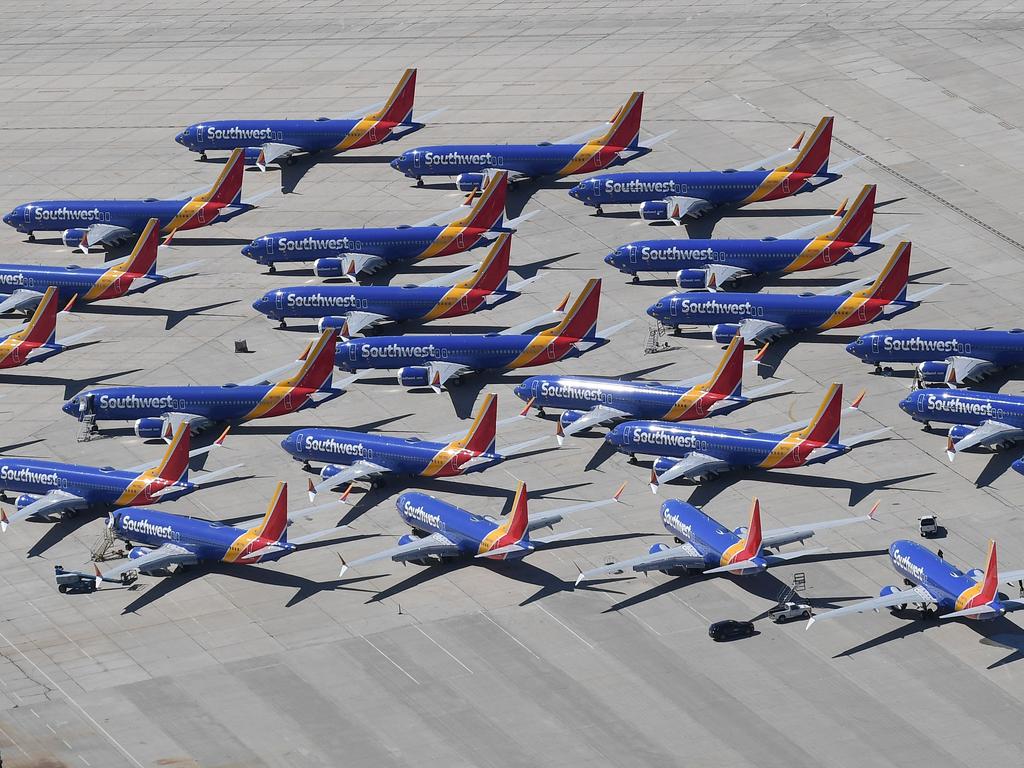
Embarrassingly, in an unrelated incident, US Secretary of State Antony Blinken was due to travel from Switzerland to Washington DC on a Boeing 737 operated by the Air Force before a “critical oxygen leak” was detected.
And yesterday, a safety incident on a Boeing 757 plane operated by Delta Airlines once again provided a headache for the manufacturer.
The aircraft was preparing to takeoff from Atlanta’s international airport, bound for Colombia, when the nose wheel suddenly “popped off and rolled down the hill”.
Profits over passenger safety
Boeing sacked tens of thousands of workers in 2020, all while paying its senior executives tens of millions of dollars in bonuses and embarking on a US$40 billion stock buyback.
At the same time, its parts supplier Spirit AeroSystems – a company that was spun off Boeing almost two decades ago, which makes the faulty door plugs at the centre of the Alaska Airlines incident – also carried out mass lay-offs.
Spirit AeroSystems has paid out US$245 million in executive salaries over the past decade and its own stock buyback endeavours have cost US$22 billion.
“In the early 90s, Boeing was really an engineering company run by engineers,” Bill Lazonick, an economics professor at the University of Massachusetts Lowell, told Jacobin.
That’s changed in recent decades, with priorities shifting “towards shareholder value”, he said.
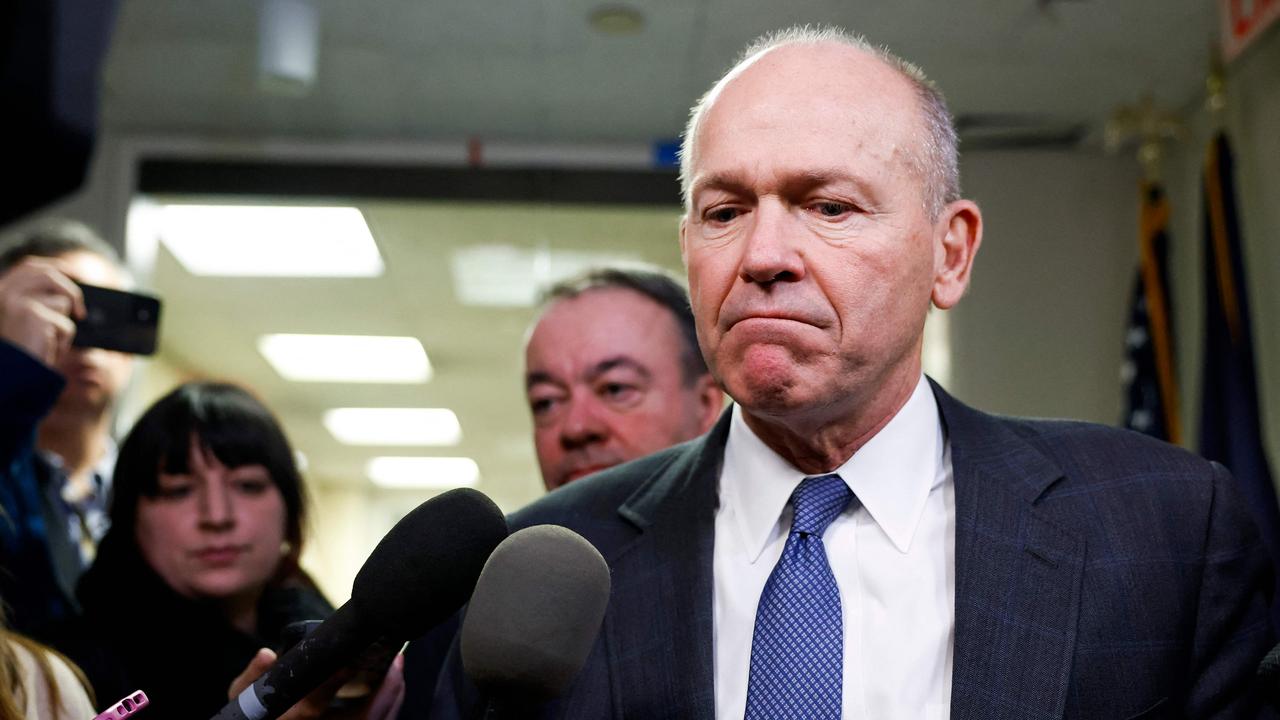
Critics claim Boeing’s profit-seeking came at the expense of maintenance and production safety, putting passengers at risk.
“Why are we having all of these production quality defects?” Mr Pierson said. “I think the simple answer is the company is continuing to rush production to get planes out the door.”
Rudi Rademan is an independent aviation consultant and said preventive maintenance is a crucial element of safety.
“Preventive maintenance involves scheduled inspections, repairs, and component replacements based on manufacturer recommendations and regulatory requirements,” Mr Rademan said.
“This proactive approach helps identify and rectify potential issues before they escalate into safety hazards.
“While reactive maintenance is essential for addressing unforeseen problems, it’s the preventive maintenance that truly serves as the backbone of aviation safety.
“By meticulously following maintenance schedules, airlines and operators can identify and mitigate potential problems, reducing the likelihood of unexpected issues in flight.”
Cornell Beard, president of The International Association of Machinists and Aerospace Workers, told The Wall Street Journal that quality control was suffering at Boeing.
“We have planes all over the world that have issues that nobody has found because of the pressure … put on employees to get the job done so fast.”
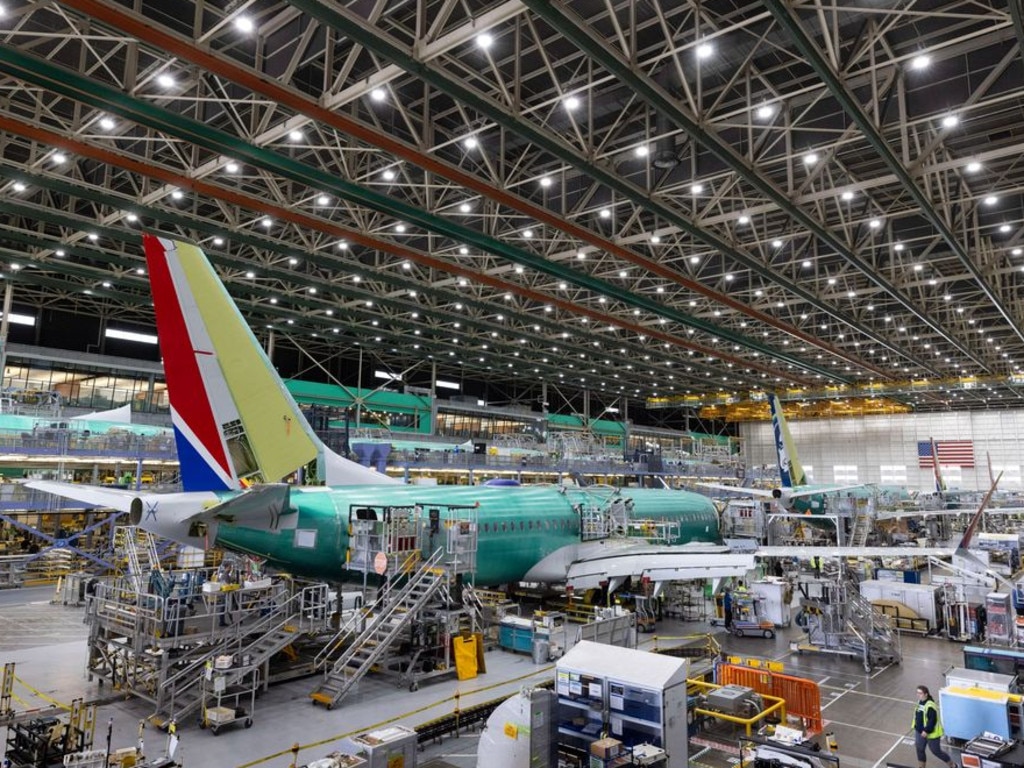
An investigation by Al Jazeera claimed aggressive production targets – designed to narrow the gap with competitor Airbus – had created “a culture on the downturn”.
“Those building the aircraft and other similar roles, such as detailing, believed that senior executives lacked understanding of the importance and time associated with their work,” the report concluded.
“This lack of understanding was often attributed to a race for profits and stock market focus.”
Yesterday, Boeing chief executive Dave Calhoun met with a number of politicians in Washington DC but his appearance did little to quell concerns.
“The American flying public and Boeing line workers deserve a culture of leadership at Boeing that puts safety ahead of profits,” Senator Maria Cantwell said in a statement after the meeting.

The same day, the FAA said it had approved an inspection process that will eventually allow airlines to resume flying their 737 Max 9 planes.
However, the agency said it would not agree to Boeing’s plans to expand production of Max planes until it’s satisfied quality-control concerns have been addressed.
Boeing’s future on the line
Daniel Kwasi Adjekum, an assistant professor of aviation at the University of North Dakota, said aircraft manufacturers expect some technical issues to surface after releasing a new model into the market.
“That is why it’s important for them to get continuous feedback from operators on reliability and safety,” Mr Adjekum wrote in analysis for The Conversation.
“Boeing’s situation is difficult in part because of previous problems with other 737 Max models, including fatal crashes in 2018 and 2019. In my view, the company will need a lot of transparency and leadership to address these hits to its reputation.”
In order to survive the crisis, Boeing should take “full responsibility for what has happened and avoid blaming its suppliers”.
“Boeing could involve airline executives, pilots, engineers, cabin crew, media and others in a wide-ranging discussion of quality and safety.
“If Boeing could win the confidence of these key stakeholders who operate its aircraft, that could help re-establish credibility for its brand with the travelling public.”
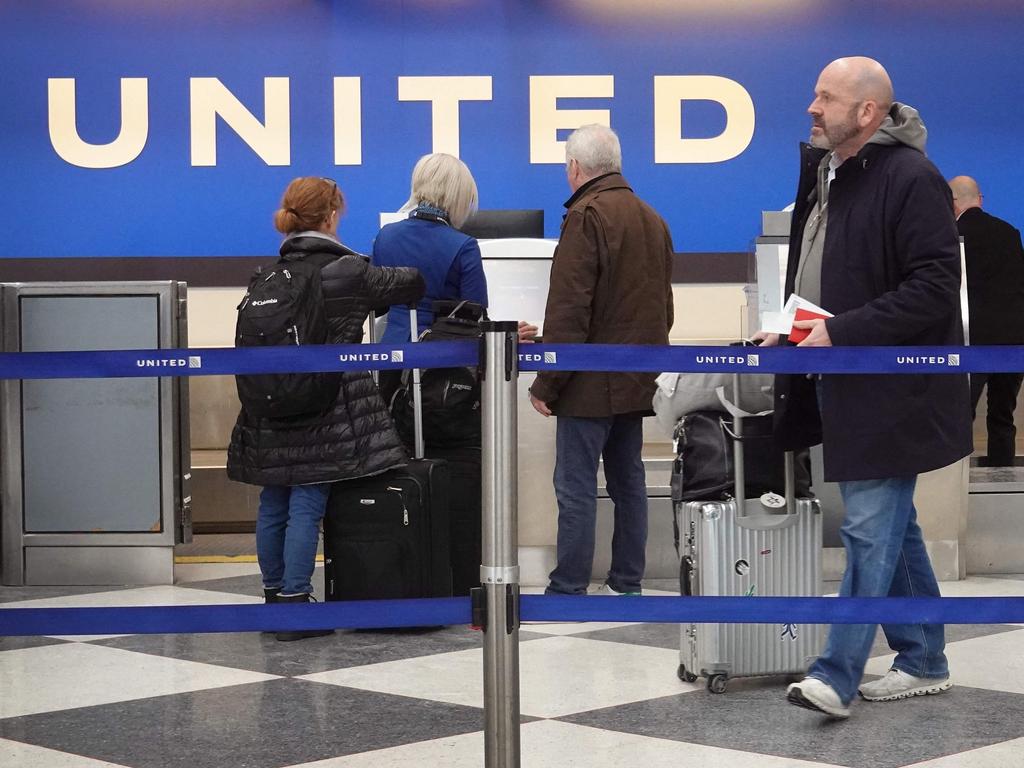
Early last year, Boeing announced plans to dramatically ramp up its production of the 737 Max models.
“My suggestion would be that the company make product safety and quality an immediate priority and worry later about maximising production goals and profits, after Boeing’s reputation is restored,” he said.
A larger version of the Max line, the Max 10, is several years behind schedule and United Airlines is now reconsidering its order.
“I think this – the Max 9 grounding – is probably the straw that broke the camel’s back for us,” Mr Kirby told CNBC. “We’re going to at least build a plan that doesn’t have the Max 10 in it.”
Alaska Airlines, which also has orders in place for the Max 10, is also considering cancelling them.
“Everything is open at this point … we are going to do what is best for Alaska long term, in terms of fleet mix,” Mr Minicucci said.
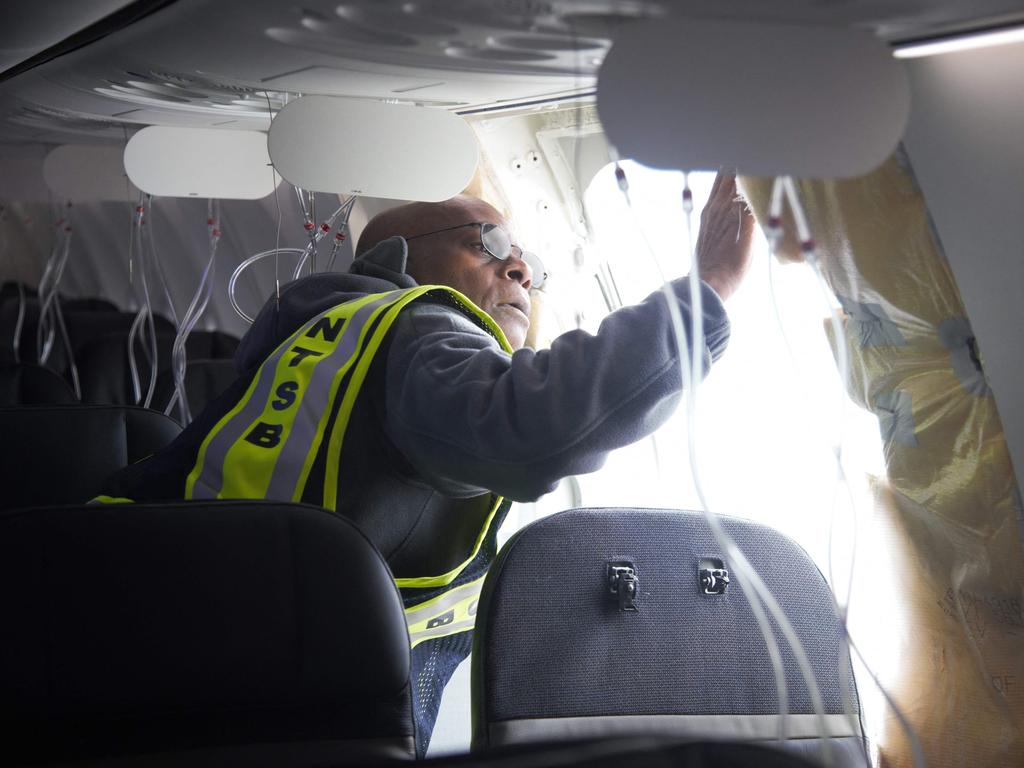
Boeing has repeatedly declined to comment about quality concerns raised in recent times.
But during a meeting with staff after the Alaska Airlines incident, Mr Calhoun said Boeing “is going to approach” the matter by acknowledging “our mistake”.
“We’re going to approach it with 100% and complete transparency every step of the way,” he said, according to ABC News.
No Australian airline owns or operates Max 9 planes.
Virgin Australia and Bonza both have Max 8 aircraft and following the Alaska Airlines incident conducted safety checks.
The Civil Aviation Safety Authority has deemed Max 8s safe.


